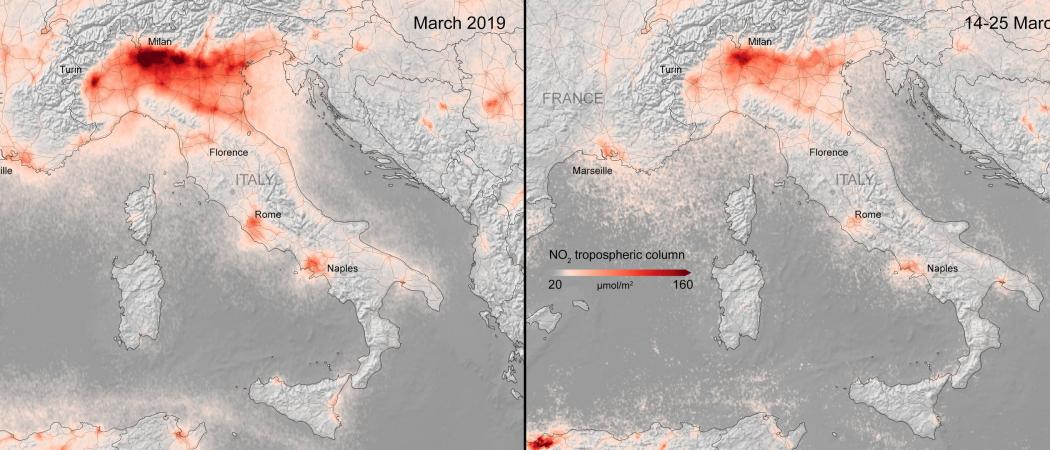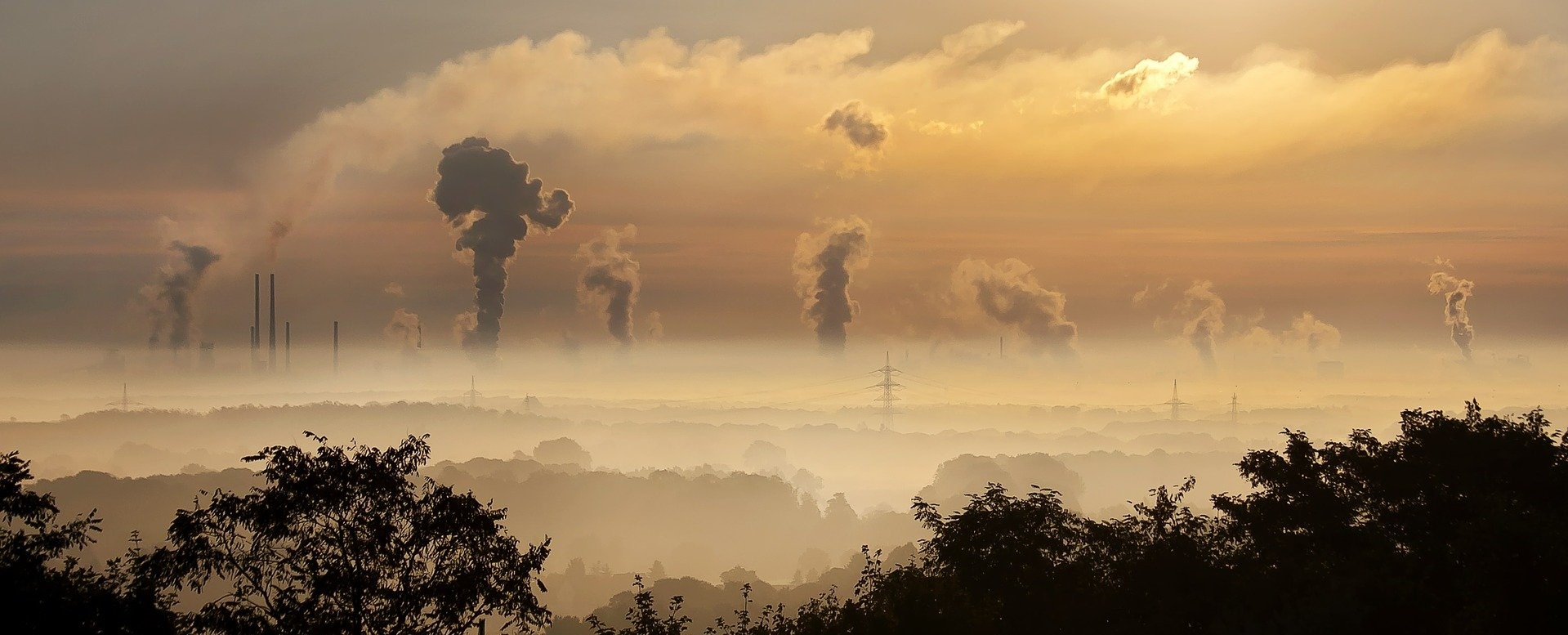Studies have shown a worldwide reduction in air pollution as a result of the national lockdowns… could the COVID-19 pandemic be guiding us towards a greener future?
When COVID-19 struck, most governments around the world quickly imposed country-wide lockdowns. These lockdowns saw everyday movements stop, industrial activity shut down, and travel almost cease completely. This sudden halt in typical pursuits and occupations temporarily cut air pollution levels around the world according to several sources.
Air pollution is detrimental to human health and the environment. A mix of gases and particles; most air pollution is man-made, but other types of air pollution such as volcanic ash and wildfire smoke occur naturally.
In the past, human-induced air pollution occurred mostly via the emission of sulphur dioxide and carbon dioxide from the burning of fossil fuels: most notably coal. This practise was common in developed and rapidly developing countries. Today, traffic emissions account for a large proportion of pollutants. Petrol and diesel engines emit harmful compounds that include carbon monoxide and oxides of nitrogen. Man-made pollutants can be transported long distances via vehicles, while closely packed buildings can prevent pollutants from spreading; resulting in photochemical smog in the atmosphere as seen in cities such as Shanghai, Cario, and Los Angeles.

In 2019, 91% of the world’s population were living in areas where the WHO (World Health Organisation) air quality guidelines were not met. Air pollution in urban and rural areas was thought to have caused some 4.2 million premature deaths worldwide in 2016, with 91% of those fatalities occurring in low- and middle income countries – particularly in south-east Asia and western Pacific regions.
So, what can the COVID-19 pandemic teach us about reducing air pollution?
In eastern and central China, and particularly Wuhan, a city of some 11 million people, lockdown restrictions led to reduced nitrogen dioxide levels by 10-30% in 2020 compared to the previous year. In parts of northern Italy, nitrogen dioxide levels fell some 40% after the country went into lockdown on March 9th. Researchers remained uncertain as to what caused this sudden dip in emissions but a reduction in road traffic is thought to be a dominant factor.

In India 22 cities, including Delhi, featured on the 2019 Greenpeace and IQ AirVisual report of the world’s 30 most polluted cities. A recent study by the Indian government and the Central Pollution Control Board, into the impact of the nationwide Janta Curfew and lockdown revealed a significant improvement in air quality across the country. The study in Delhi reported a significant reduction of 44% in PM10 (inhalable particulate matter 10 micrometres and smaller) levels between 22nd and 23rd March 2020, compared to the previous day. Particulate matter and nitrogen dioxide levels continued to fall more than 70% through March and into April 2020.
Such a dramatic drop in emissions has not been witnessed since satellites began monitoring air quality in the 1990s. Jenny Stavrakou, an atmospheric scientist at the Royal Belgian Institute for Space Aeronomy in Brussels, said levels had not dropped this significantly short-term since big events such as the 2008 Beijing Olympics.
There is already evidence to suggest the spread of viral and bacterial respiratory infections such as influenza is worsened by air pollution. It is known to weaken the immune system, severely affecting the body’s ability to ward off infection by suppressing cells that would control the immune response to foreign particles. Recent studies show long-term exposure to air pollution can increase the likelihood of dying from COVID-19. It is thought some 15% of COVID-related deaths worldwide could have been caused by direct long-term exposure to air pollutants. Reducing air pollution could therefore lessen the spread of respiratory infections, including COVID-19, and decrease the mortality rate of respiratory and cardiovascular diseases associated with air pollution – such as asthma.
Reducing air pollution can also help tackle climate change since particulate compounds influence the amount of solar energy the Earth retains. According to the European Environment Agency, particulate matter is likely to have a warming or cooling effect on the climate. Black carbon, a component of fine particulate matter emitted from biomass combustion and diesel engines, creates a warming effect on the environment by absorbing solar energy and infrared radiation in the atmosphere.
The COVID-19 pandemic has provided us with a glimpse of how the world could look with less air pollution and greenhouse gas emissions, but these improvements will likely terminate once lockdowns cease completely and society returns to normal. If we were to keep these lessons in mind, the future could be better and more secure for many.
By Hollie Tuffnell
Header image: Pixabay

